William Butler Yeats so aptly once said, “Education is not the filling of a pail, but the lighting of a fire.” This prominent 20th Century poet and playwright was wise to the vast difference between knowing and understanding. To simply know facts is not to understand what makes those facts knowledge. “To understand is to be able to wisely and effectively use– transfer– what we know, in context; to apply knowledge and skills effectively, in realistic tasks and settings.” (Wiggins & McTighe, 2005, p. 4). So how can today’s education system help students achieve this type of ‘education for understanding?’ Teachers– as collaborators and guides– must find creative ways to stimulate their students’ natural curiosities and allow them to make connections between theories, while building the skills and attitudes they will need for life-long learning. Child-centered and retrospective curricula design, combined with inquiry-based learning, will allow schools to foster authentic student learning experiences, by providing students with opportunities to engage in meaningful learning experiences; to explore, investigate, discover, collaborate and communicate with others in an experiential and ‘minds-on’ learning environment.
In order to lead students to a deeper understanding of the content, teachers must highlight the ‘Big Ideas’ that uncover the value of learning opportunities. ‘Backward Design’ involves looking at the end results in order to coherently design curricula and assessment. In doing so, teachers “identify desired results, determine acceptable evidence, and plan learning experiences and instruction” (Wiggins & McTighe, 2005, p. 17). Enduring Understanding– the ‘Big Ideas’ that propel the planning and assessment process– and Essential Questions are a part of the curriculum development that assists teachers in planning pertinent and authentic learning units, and are clearly established before the learning unfolds. ‘‘So what?” teachers often ‘ask’ in order to determine what they would like students to be able to explain, interpret, apply, have perspective on, empathize, and have self-knowledge about a given topic (Wiggins & McTighe, 2005, p. 343).
To help each student achieve a successful and relevant education, schools must begin with what matters most, keeping the authentic learning experience in mind. For instance, when designing an advertisement, we first think about our desired result: How do we want the finished product to look? What message do we want our target audience to walk away with? Then we begin to plan and organize the images, the fonts, the colours, and the placement of details, such as our logo and contact information. Like so, when teachers plan their curricula, it also makes sense for them to start with the end result in mind: What do we want the children to know and understand, including attitudes and transferable skills? Why and how is this relevant to their learning experiences? The students themselves must also understand the purpose of specific experiences and to what they relate, as well as how these experiences will enable them to achieve their goals as active and responsible learners.
As a method of understanding, the ‘Backward Design’ model is largely compatible with the Core Knowledge curriculum and Reggio Approach to inquiry learning richly embraced by Richland Academy. By combining these viewpoints, and regarding children as creative and capable protagonists, teachers are able to take on the role of researchers for the learning that cultivates real-life application beyond the classroom. Richland’s ‘Big Ideas’ include Community and Structure & Function, to which many of the curriculum concepts are filtered. As a Reggio-inspired, 21st Century learning community, our child-centered, experiential and intellectually-stimulating environment fosters life-long learning skills and attitudes, where our students are challenged to extract multi-faceted ideas from their learning interests. This deeper understanding allows our students to experience meaningful and relevant learning opportunities; thus, truly achieving an ‘education for understanding.’
Prepared by: Melissa M. Mirabelli, Marketing & Events Coordinator
An education isn’t how much you have committed to memory, or even how much you know. It’s being able to differentiate between what you know and what you don’t.
~Anatole France
References
Wiggins, G., & McTighe, J. (2005). Understanding by Design. (2nd ed.). Alexandria (VA): Association for Supervision and Curriculum Development.

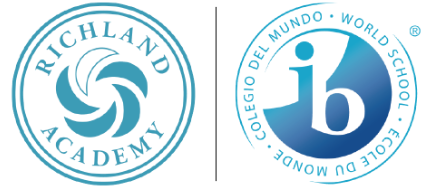


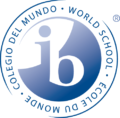
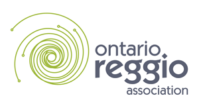

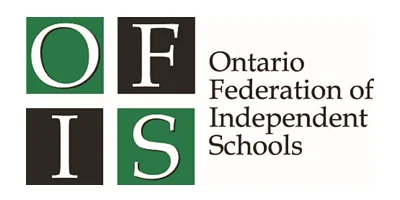
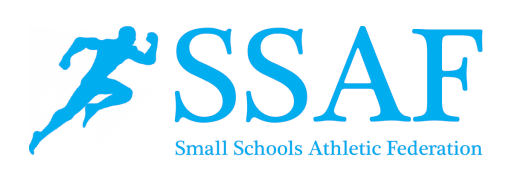

I’ve learned excellent stuff here. Definitely value bookmarking for revisiting.